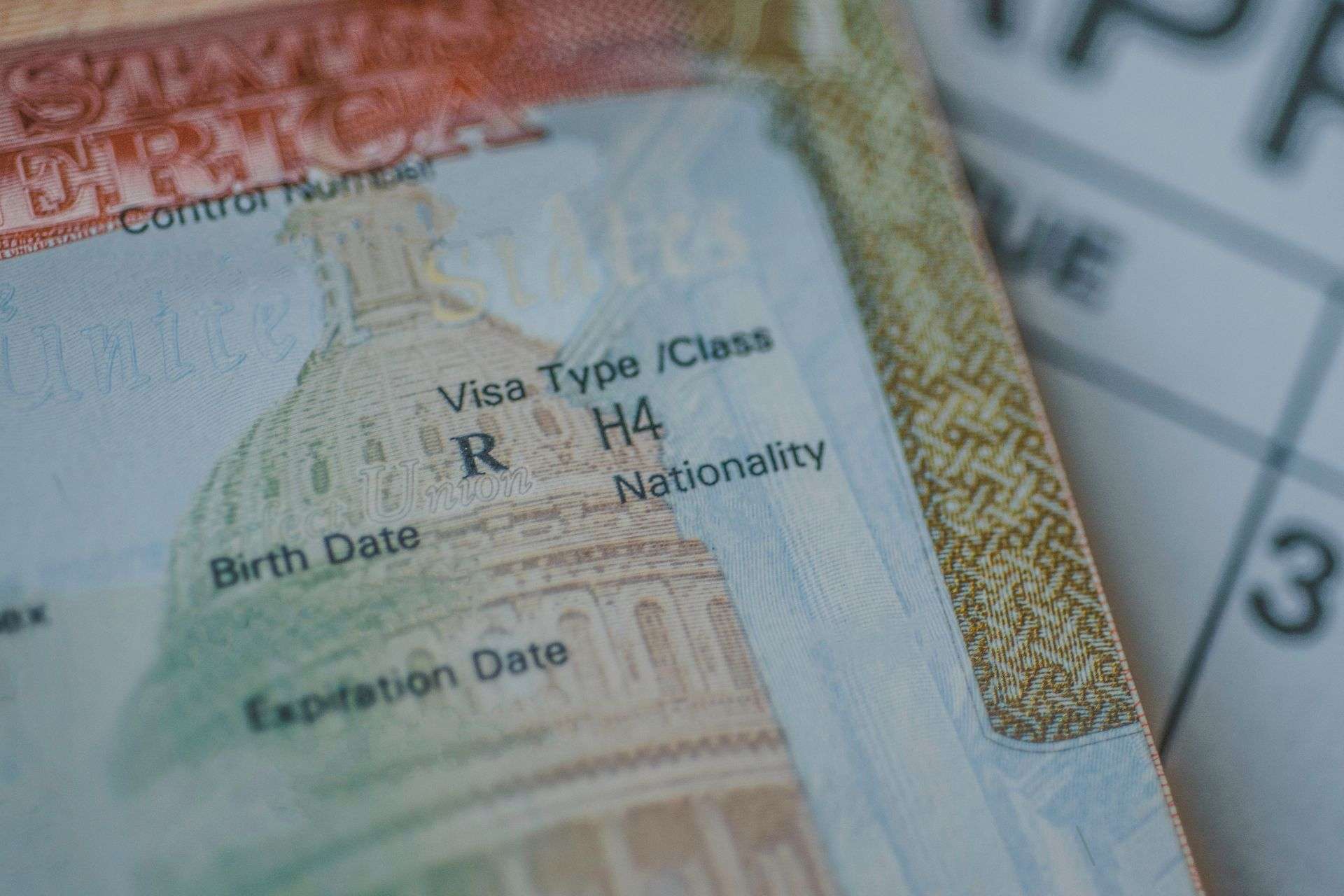As we head towards a second Trump term, coupled with Republican control of both chambers of Congress, it is more likely than ever before that the government will pass sweeping immigration reform, which could include the elimination of work authorization for certain H4 EAD for spouses. While we cannot predict what changes we will see to U.S. immigration laws, we can look to campaign promises and policies supported by Trump during his first term for insight.
The H4 Spouse EAD rule was introduced in May 2015 during the Obama administration. It has served as a crucial lifeline for thousands of skilled professionals who are spouses of H-1B visa holders. It allows certain H4 spouses to apply for employment authorization to allow them to work in the United States while they are waiting for their H-1B spouse’s permanent resident (green card) process to be approved. As the H4 EAD program was created by executive action, similar to DACA, it is vulnerable. Since DACA was first introduced, federal courts have consistently held that the Obama administration acted outside of its authority when creating the program. Similarly, the H4 EAD program is vulnerable to be targeted. During his first term, the Trump administration attempted to eliminate this program as part of its “Buy American, Hire American” initiative, though the efforts to fully eliminate H4 EADs did not reach fruition. If he targets the H4 EAD program during his second term, he is more likely to succeed in rescinding work authorization for the spouses of H-1B holders.
If the upcoming Trump administration tries to eliminate the H4 EAD program through executive rulemaking, the process could take months, so impacted parties would have more time to consider alternatives for visa status or work authorization. However, now that Republicans have control of both chambers of Congress, the Trump administration could also eliminate the H4 EAD program through legislation, which could mean faster implementation and changes that are harder to reverse.
Potential Challenges
Since 2023, USCIS has been allowing applicants to “bundle” H4 and H4 EAD applications with the principal H-1B petition, allowing all applications to be adjudicated at the same time. Bundling the applications allows faster adjudication; if the H-1B petition is filed under premium processing, USCIS has been adjudicating the H4 and H4 EAD applications under the premium timeline, whereas standalone H4 EAD applications are not eligible for premium processing. The Trump administration could eliminate USCIS’s current policy on bundling.
Even if the Trump administration does not eliminate work authorization for H4 spouses entirely, they may still encumber applicants by reinstating procedures such as biometrics requirements that could result in gaps in employment authorization due to lengthy processing delays. The Trump administration could also end the availability of automatic extensions for timely filed H4 EAD renewals where the H4 status is already granted. If this were to happen, applicants would be faced with gaps in employment authorization while the renewal applications were pending with USCIS.
How to Prepare: Best to Proactively Apply Now
We anticipate that there will be processing delays due to potential immigration changes under Trump, cases will be subject to higher scrutiny, as well as more restrictive processing standards. We recommend that eligible H4 spouses apply for an H4 EAD before the administration changes. If you already have an approved H4 EAD, we recommend applying for an extension as soon as possible (within 180 days of expiration).
If you have a pending I-140 petition filed under regular processing, consider upgrading to premium processing as early as possible in order to apply for your spouse’s H4 EAD before the administration changes. Similarly, if you have an approved PERM and have not yet filed the I-140 petition, you should discuss with your employer to file the I-140 under premium processing as early as possible so that your spouse may apply for their H4 EAD.
There is potential for rapid and significant changes with the upcoming administration. Success in navigating these changes will depend on early preparation, clear communication, and flexible adaptation to rapidly changing circumstances. While the exact timeline and details remain uncertain, proactive preparation and staying informed about policy developments will be crucial for managing potential transitions and protecting professional interests.
If you have questions about the H4 EAD or any other U.S. immigration-related issue, we encourage you to contact us for the right advice.

